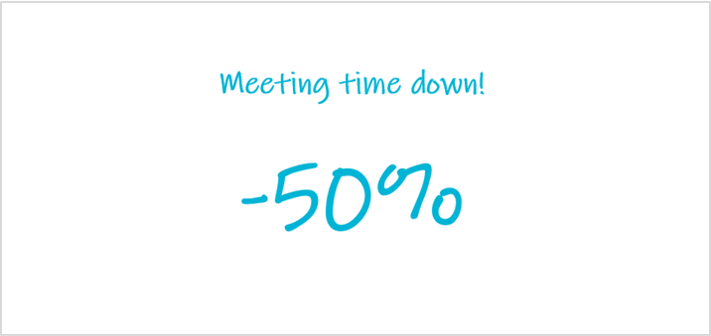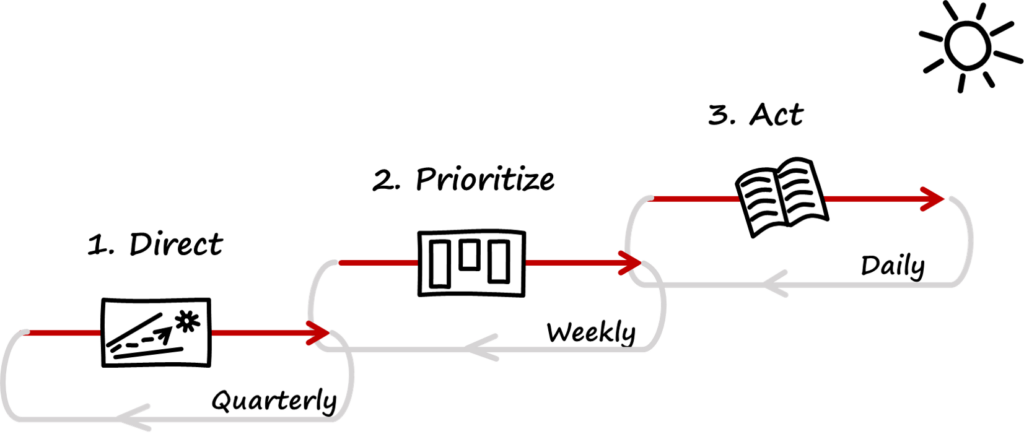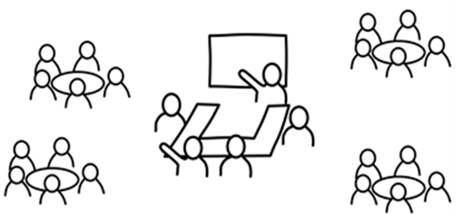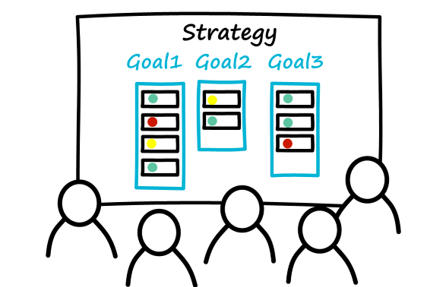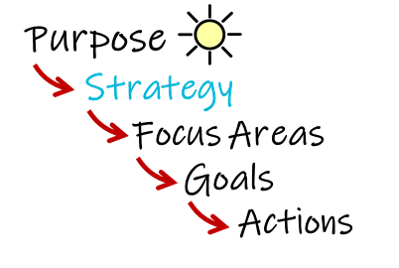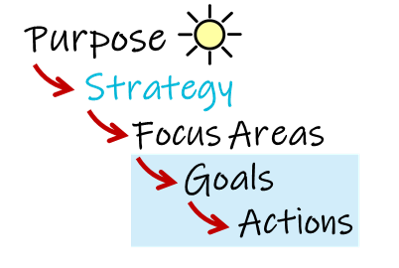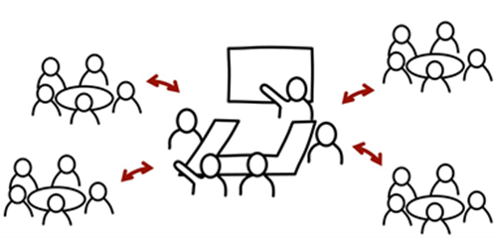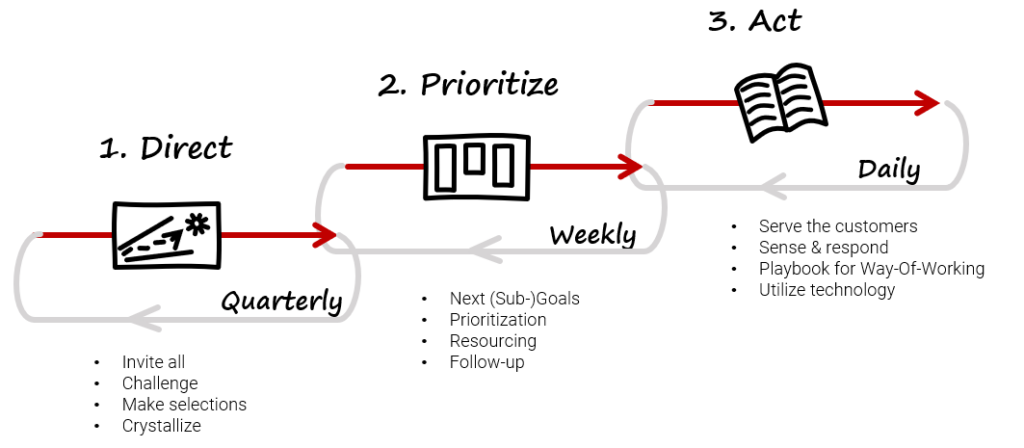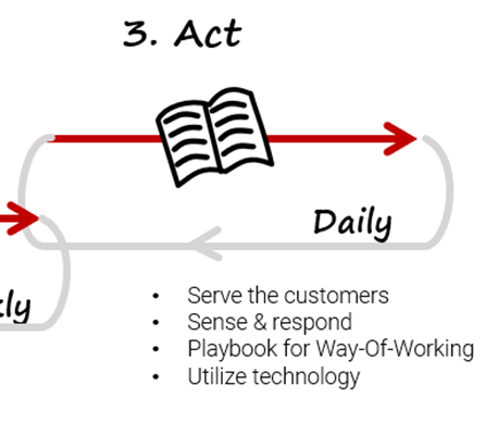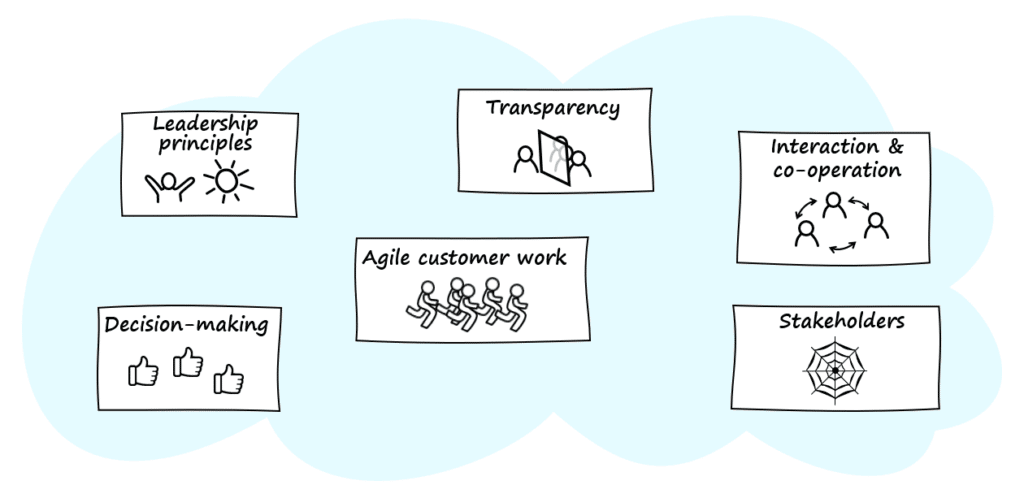
Cut your meetings by half with digital technology — 3.03
Markus Westerlund
Share this blog
Cutting meetings by half is surprising, but a completely realistic thing. You just need the help of technology. I’ll explain how to do it!

Getting people to cut down on their meeting time without changing their way of operating is impossible. Not even worth trying! Is it in fact so, that cutting down the time spent in meetings is possible with technology? I say it is. You can indeed succeed in cutting down meetings while increasing meeting efficiency. Let me explain how.
How to lead a business?

Let’s begin with how to run businesses. Businesses are run through meetings. People talk during meetings. Of course, very shocking, people talk. Yet, this is such a fundamentally important thing that it needs to be emphasized, even if it is super obvious. You will see why, very soon. Please keep reading.
By talking!

Businesses are run by talking. The whole point is that the group converses. If this conversation is cut short, will there be things left unsaid? Might be, but not necessarily!
Cut down and shorten meetings!

In many specialist organizations, time is consumed in consecutive meetings. One should also have time to operate. Where is the time cut out of?

Let’s not begin with lengthening the working hours, that’s a legal issue. Otherwise, people have no energy left. Time must be cut out from the meetings! Either the less important meetings need to be cut down, or the general babbling diminished. How is it done?
Communicating

Regular meetings are the core of leading and management group meetings are crucial. The next meeting is in two- or four-weeks’ time. What happens in-between? In the old world, people call each other, send emails, and chit-chat in the corridors. Waiting isn’t always an option, it’s better to make decisions faster. If the boss makes a decision on their own, many employees get irritated. That’s usually why everyone waits until the next meeting. However, the waiting time can be long and it slows down the whole operation. Not good!
Here’s the alternative: What if we communicated between meetings? Not two-by-two, but in a group! Technology is your friend.
Transparency!

It’s completely possible to involve transparency in the process. When you use Microsoft Teams and you have a channel for the management team’s conversations, you are able to chat within the channel. When information is shared with the group, it’s the same as talking in a meeting. This is how the group becomes transparent, information is no longer only in the heads of two people. Information is shared with the whole group. Reading is also faster than listening. Save meeting time, that’s the point! Without transparency, it won’t work!
No more unorganized emails!

In this type of operation, emails are no longer a messy pile. Your inbox won’t be full of individual emails, they are bundled and no longer fragmented. When the conversation is transferred from the email into a Teams channel, the focus remains much better. It increases profitability.

Shorten meetings. Less participants.
Cutting meeting time is also easier if preparation and post-processing are done within the channel. Decreasing the number of participants in a physical meeting is based on the fact that many people are in a meeting only to listen and to gain information. When information is transferred to a channel, including the meeting agenda, notes, and Protocol, you are able to read the information also at another time. Alternatively, you can receive a short oral briefing regarding your work without having to attend the full meeting. Again, if an issue is not resolved during the meeting, the conversation can be continued inside the channel. Then, also those that were absent can have their voices heard.
As I’m writing this, I just learned that OneNote is expecting a new really cool feature. It enables meetings to be transcribed in real-time. Everything that is spoken during a meeting transcribes into text. This means that the conversation becomes documented! In the case of absence, you can read the whole conversation in a fraction of the time spent attending the whole meeting.
This is how we can decrease the number of participants. People are able to acquire the information they need and to give their input in-between meetings.
This is a revelation! The analog world gets challenged by digitalization. Shorter meetings, fewer participants, more time to operate! This will be a huge competitive advantage. The problem is of course that people are slow and their behavior takes time to change. Some, however, do it quickly and manage better! You are in charge of when it is the right time for you. If you can manage to do things the traditional way, go ahead!
If you’re asking me, be curious and have a go with this! Improve your meeting structure!
Automatic Reporting

This is when a phenomenon called reporting takes place. The entire meeting reports automatically! No need to go through all the trouble. This has to be a significant factor in meeting efficiency!
Leadership into the digital world

Dear friend, this means that the entire leadership can gain a digital twin inside the digital world. The physical world is still there, but it becomes more efficient. Some say they want to meet in person, but isn’t it so that we all want to work at a place where we succeed better and where we don’t sit in pointless meetings? The wrong kind of human contact is only a burden. Of course, we want to meet one another, and we will find the optimal balance. A digital twin is formed for our operation.
All leadership meetings are therefore also online. The conversations can be opened up to a larger group so that others are also able to follow the conversation. People get more information about what the company’s big picture actually is. Of course, all is not shared with everyone. There will continue to be confidential matters, but quite a lot can be shared with others too. The default value changes: Primarily, everything is transparent, unless it is defined as confidential. People also get to decide what information they need for their work.
I’m so excited about this! I’m also pretty sure that when we look back in 20-30 years, we will never be able to understand how we could live in such oblivion. Information transfer will change for sure! Why? Because there’s a need for it. People will want this because it makes their job more meaningful. Less bullshit! More action! More results! Information will travel much better than before, even with fewer meetings.
Leadership into the digital world

Now you can pick the long-hanging fruit. 🍎 You already have the system, Teams. Transfer leadership into the digital world, my friend. By doing so, you gain a more meaningful and more efficient workplace.
Take the digital twin into use and ignite your strategy! Read more.🔥
Recent Posts
Stradigo
Stradigo is a brand owned by Rdigo Oy (Business-ID: 2120844-1).
Learn more from our Imprint.
Rdigo Oy is registered in Finland as a Limited company. We are a strategy consultancy located in the Helsinki capital region.
We’ve been in business since 2007. The company name comes from the latin word Redigo, meaning both ‘I shape’ & ‘I renew’.
Stradigo combines the word strategy with Rdigo.
